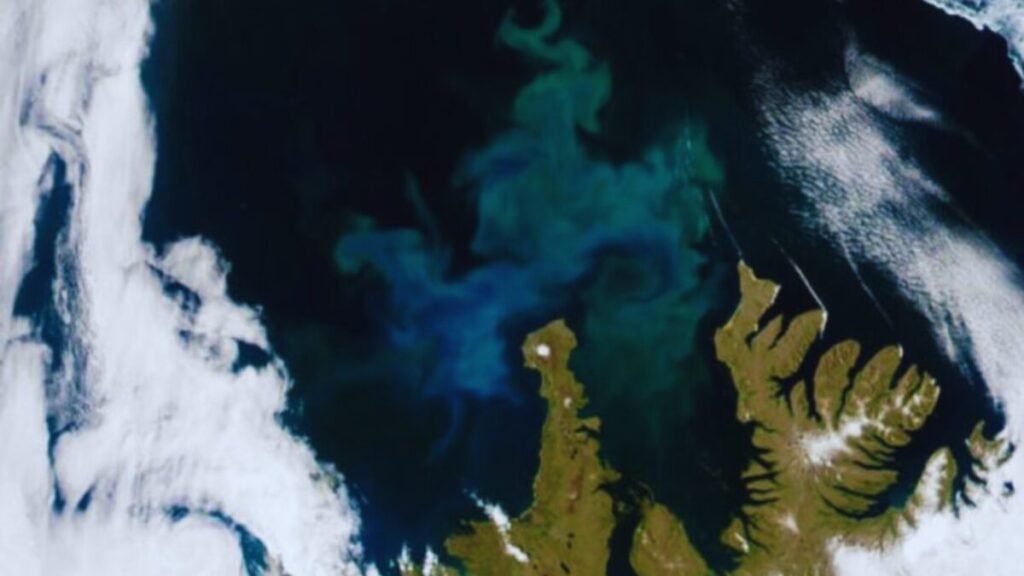An overlooked crater beneath the ocean: The anomaly in Latin America reshaping our understanding of a mass extinction.

An unusual underwater formation in the Falkland Islands has captured the attention of the global geological community. Far from being just a marine landscape curiosity, this structure could potentially have had a significant impact on life on Earth. The discovery of a circular anomaly near the Falklands, known as the “Malvinas Impact Crater,” has raised questions about its possible connection to a mass extinction event that took place 252 million years ago.
Discovery and Hypothesis
In 2002, Argentine geologist Maximiliano Rocca came across an article by scientist Michael Rampino that hinted at the existence of the circular anomaly. With the help of maps and colleagues, Rocca located a submarine structure approximately 250 kilometers in diameter. The similarities between this formation and the Chicxulub crater, known for its association with the dinosaur extinction, have sparked interest in further investigation. The hypothesis suggests that this crater may have been caused by an asteroid or comet during the “Great Dying,” the most severe mass extinction event in Earth’s history.
Potential Implications and Exploration
The significance of confirming the meteoric origin of the Malvinas Impact Crater could revolutionize current geological models and provide insights into how Earth responds to global catastrophes. Despite being overlooked for years, this structure has begun to attract international attention. Advancements in underwater exploration technologies may offer the tools necessary to analyze the crater more precisely. Some researchers also propose connecting the crater to other tectonic phenomena in the South Atlantic region. Ultimately, what was initially viewed as a geophysical curiosity has the potential to rewrite significant chapters in Earth’s geological history.






